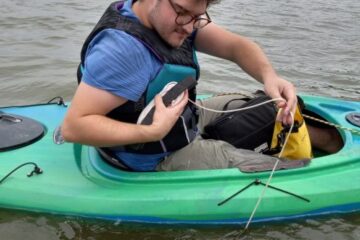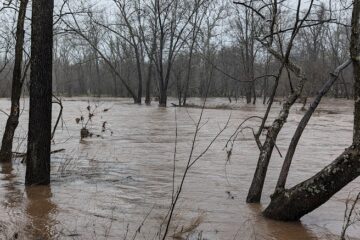RHA’s Dr. Kristi MacDonald and Mara Tippett are co-authors on a paper entitled, Revealing the Sources of Arsenic in Private Well Water Using Random Forest Classification and Regression, accepted for publication in the peer-reviewed journal Science of the Total Environment. The study utilized data from RHA’s Community Well Test program.
Abstract:
Exposure to arsenic through private drinking water wells causes serious human health risks throughout the globe. Water testing data indicates there is arsenic contamination in private drinking water wells across New Jersey. To reduce the adverse health risk due to exposure to arsenic in drinking water, it is necessary to identify arsenic sources in private wells as private wells are not regulated by any federal or state agencies through the Safe Drinking Water Act. To this end, we have developed machine learning algorithms including Random Forest Classification and Regression to decipher the factors contributing to higher arsenic concentration in private drinking water wells in the west-central New Jersey. Arsenic concentration in private drinking water wells served as a response variable while explanatory variables were geoname, soil type, drainage class, land use/ cover, and presence of orchard, contaminated sites, and abandoned mines within the 152.4-meter (500-foot) radius of each well. Random Forest Classification and Regression achieve 66% and 55% prediction accuracies on arsenic concentration in private drinking water wells, respectively. Overall, both models identify that geoname, soil, land use/cover, and drainage types (in descending order) are most important variables contributing to higher arsenic concentration in well water. These models further identify subgroup within geoname at a finer scale including Passaic Formation, Lockatong Formation, Stockton Formation contributing significantly to arsenic concentration in well water. Identification of sources of arsenic contamination in private drinking water wells at such a finer scale facilitates development of mitigation strategies to improve water quality and safeguard human health.
Authors:
Subhasis Giri, Department of Ecology, Evolution, and Natural Resources, Rutgers, The State University of New Jersey, New Brunswick, NJ 08901, USA
Yang Kang, Department of Statistics, Columbia University, New York, NY 10027, USA
Kristi MacDonald, Raritan Headwaters Association, Gladstone, NJ 07931, USA
Mara Tippett, Raritan Headwaters Association, Gladstone, NJ 07931, USA
Zeyuan Qiu, Department of Chemistry and Environmental Science, New Jersey Institute of Technology, University Heights, Newark, NJ 07102, USA
Richard G. Lathrop, Department of Ecology, Evolution, and Natural Resources, Rutgers, The State University of New Jersey, New Brunswick, NJ 08901, USA
Christopher C. Obropta, Department of Environmental Sciences, Rutgers, The State University of New Jersey, New Brunswick, NJ 08901, USA



